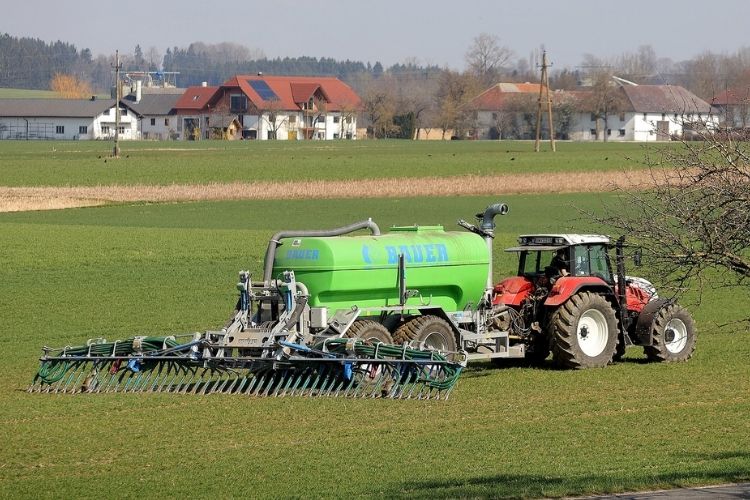Of the fundamental supplements, nitrogen is the most normally applied.
We have a few source alternatives with regards to the two property holders and ag makers, and there’s frequently a few inquiries with regards to what are the various sources and what are the significance in the various attributes?
Along these lines, one of the most regularly sold wellsprings of nitrogen in Oklahoma is anhydrous alkali.
Anhydrous alkali is a gas structure with 82 percent nitrogen for each pound.
So every 100 pounds of anhydrous alkali, we will have 82 pounds of nitrogen.
It goes in the dirt as a gas, and it promptly responds with H2O, any water into the dirt, and it’s going to for NH4 and clutch the dirt molecule.
At that point we have urea. Urea is our number two and in some cases number one compost source, it is by a wide margin the best dry source.
Urea is 46 percent nitrogen.
It’s well known in light of the fact that An, it has the most noteworthy convergence of nitrogen of a dry item and it’s genuinely sheltered.
So urea comes in with (NH2)2CO, it’s applied in the dirt, it gets wet, urease, a protein, will follow up on these particles here, sever the CO and go NH2 and transform that into NH3, which at that point responds with water and goes to NH4.
The test with urea, while it’s an extremely protected and simple to store dry item, if urea isn’t joined into the dirt by means of culturing or water system, there’s high likelihood that with a tad of dampness, this NH3 can really be lost in the earth.
In this way, in horticulture and different viewpoints, we’re constantly worried about nitrogen misfortunes from the use of urea in the event that we don’t get a decent fuse.
Another more uncommon wellspring of nitrogen is the ammonium sulfate, and this is usually applied with urea when there is a sulfur request.
For what reason is it just not applied exclusively?
Since there’s just 21 percent nitrogen, in any case, ammonium sulfate is an entirely steady source, however it has the most elevated acidifying response rate, when contrasted with some other nitrogen source in light of the fact that our hotspot for ammonium sulfate when we apply straightforwardly as an ammonium, returns to our acidifying factors, an ammonium changes over and delivers more hydrogen that some other of these sources that begin as a HN3.
Thus, our most acidifying compost for nitrogen is ammonium sulfate.
There are additionally different sources, for example, UAN.
Along these lines, UAN represents urea ammonium nitrate.
UAN is fluid manure source, so it comes in either as a 32 percent nitrogen or 28 percent nitrogen with no different supplements.
We’ll frequently utilize them as top dress, or showered on as top dress, or infused into the dirt.
It is half urea, half ammonium nitrate, mixed in and watered down.
These are our essential nitrogen containing manures that we would use across Oklahoma in farming and in the nursery.
